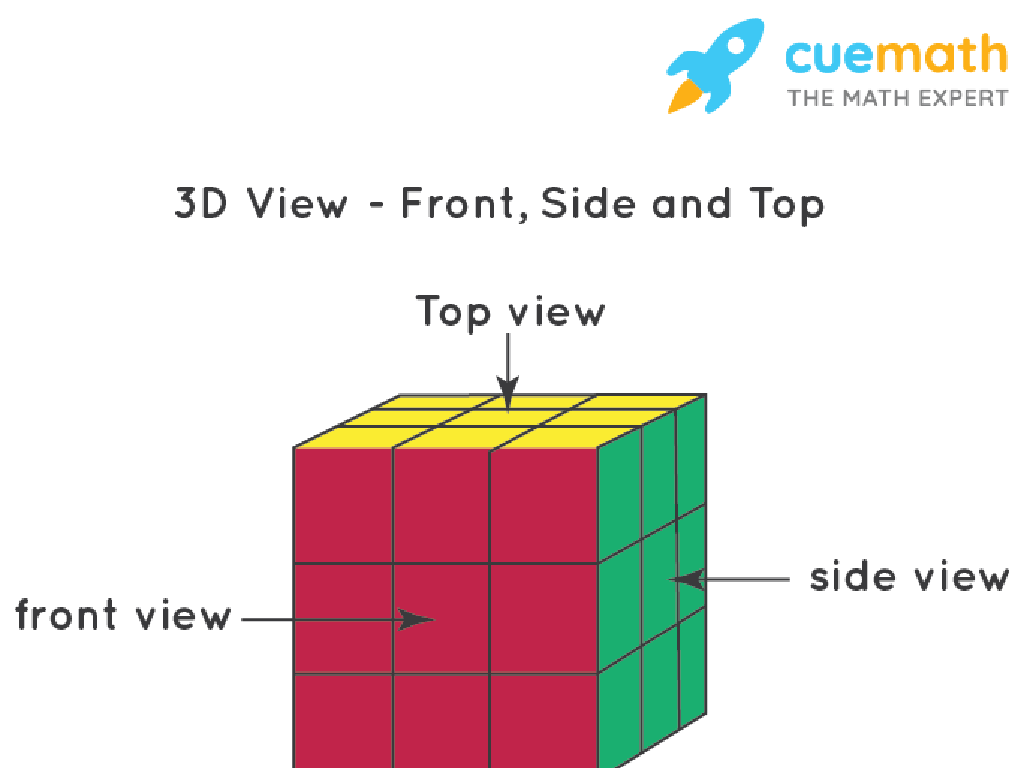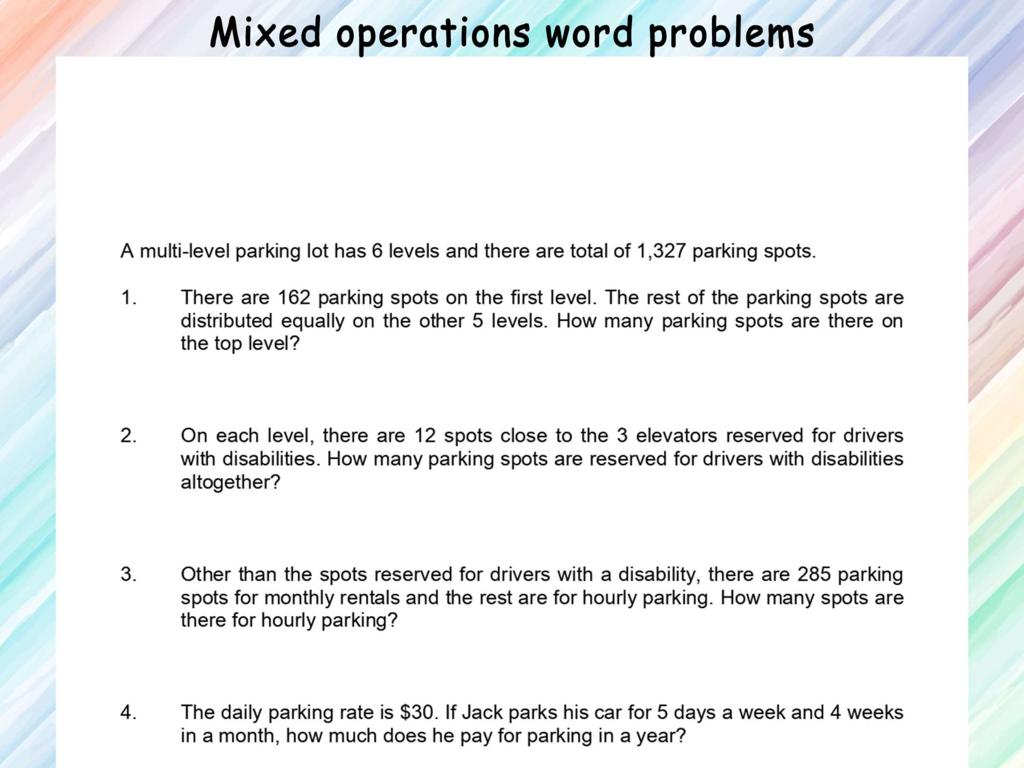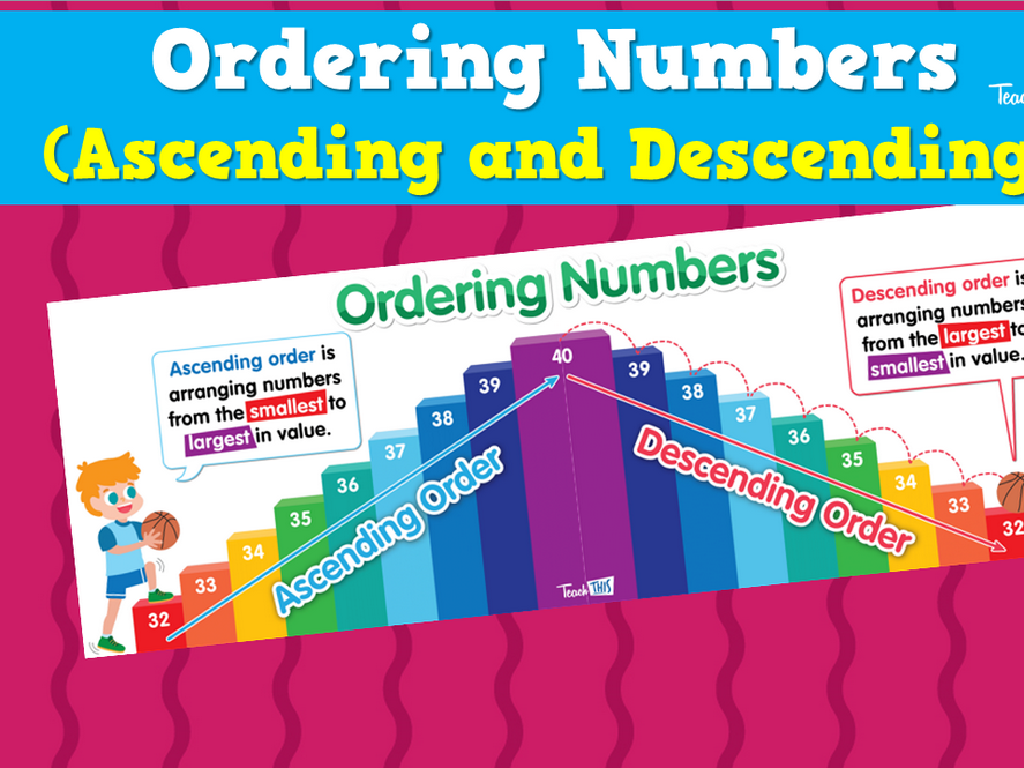Choose Between Subject And Object Personal Pronouns
Subject: Language arts
Grade: Fifth grade
Topic: Pronouns
Please LOG IN to download the presentation. Access is available to registered users only.
View More Content
Today’s Adventure: Subject vs. Object Personal Pronouns
– Pronouns take the place of nouns
– Subject pronouns are the ‘doers’ in a sentence
– ‘He’, ‘she’, ‘they’ are examples of subject pronouns
– Object pronouns receive the action
– ‘Him’, ‘her’, ‘them’ are examples of object pronouns
– Pronouns make sentences smoother
|
This slide introduces the concept of subject and object personal pronouns to fifth graders. Begin by explaining that pronouns are used in place of nouns to avoid repetition and make sentences flow better. Highlight that subject pronouns are used when the pronoun is the subject of the sentence, performing the action (e.g., ‘She runs fast’). Object pronouns are used when the pronoun is receiving the action (e.g., ‘The ball was thrown to him’). Emphasize the importance of pronouns in everyday communication for clarity and brevity. Provide examples and encourage students to create sentences using both types of pronouns to reinforce their understanding.
Understanding Pronouns
– Pronouns replace nouns
– Instead of saying ‘Sarah loves Sarah’s dog’, say ‘Sarah loves her dog’.
– Avoid repetition with pronouns
– ‘The cat chased the cat’s tail’ becomes ‘The cat chased its tail’.
– Examples: I, you, he, she, it, we, they
– Subject pronouns: I, you, he, she, it, we, they. Object pronouns: me, you, him, her, it, us, them.
|
This slide introduces the concept of pronouns and their role in replacing nouns to avoid repetition, making sentences less cumbersome. Provide examples of subject pronouns (I, you, he, she, it, we, they) and explain that they are used as the subject of a sentence, performing the action. Emphasize the importance of choosing the correct pronoun to maintain clarity in communication. Engage the class with examples and ask them to convert sentences by replacing nouns with appropriate pronouns. This will help them understand how pronouns function in sentences and prepare them for more complex concepts like subject and object pronouns.
Understanding Subject Pronouns
– Pronouns as sentence subjects
– Used when the pronoun is doing the action
– Subject pronouns perform actions
– ‘I’ run, ‘He’ jumps, ‘We’ play
– Examples: ‘I’, ‘He’, ‘We’
|
This slide introduces the concept of subject pronouns, which are pronouns that act as the subject of a sentence. Subject pronouns include ‘I’, ‘you’, ‘he’, ‘she’, ‘it’, ‘we’, and ‘they’. These pronouns are used when the pronoun is the one doing the action in the sentence. For example, in the sentence ‘I run,’ ‘I’ is the subject pronoun performing the action of running. It’s important for students to recognize that the subject pronoun takes the place of the noun that is the ‘doer’ of the action in the sentence. Encourage students to create their own sentences using subject pronouns to solidify their understanding.
Understanding Object Pronouns
– Object pronouns in sentences
– Used when the pronoun is the object, not doing the action
– Pronouns receive the action
– The action is done to them, not by them
– Examples: me, her, us
– ‘The ball is for me’, ‘The gift is from her’, ‘The game is between us’
|
This slide aims to help students understand the role of object pronouns in a sentence. Object pronouns are used when the pronoun is not the subject doing the action but is receiving the action. It’s crucial to highlight that these pronouns are the ones that the action is directed towards. Provide clear examples to illustrate the use of object pronouns in everyday language. Encourage students to practice by creating sentences using object pronouns and identifying them in sentences they read. This will help solidify their understanding of the difference between subject and object pronouns.
Choosing the Right Pronoun: Subject vs. Object
– Understanding subject pronouns
– Subject pronouns are ‘I, you, he, she, it, we, they’
– Understanding object pronouns
– Object pronouns are ‘me, you, him, her, it, us, them’
– Deciding which pronoun to use
– Is the pronoun doing or receiving the action?
– Practice with sentence examples
– Identify subjects and objects in practice sentences
|
This slide is aimed at helping students differentiate between subject and object personal pronouns. Subject pronouns are used when the pronoun is the doer of the action, like ‘he’ in ‘He throws the ball.’ Object pronouns are used when the pronoun is receiving the action, like ‘him’ in ‘Throw the ball to him.’ To decide which to use, ask if the pronoun is doing or receiving the action. Provide clear examples and engage the class in identifying subjects and objects in various sentences. Encourage students to explain their reasoning to reinforce their understanding.
Choosing Subject and Object Pronouns
– Example 1: I and him
Use ‘I’ as the subject who does the action, ‘him’ as the object receiving candy.
– Example 2: We and them
Use ‘we’ as the subject doing the writing, ‘them’ referring to the story’s characters.
– Practice filling in the blanks
– Understand subject vs. object pronouns
Subjects do the action, objects receive the action.
|
This slide provides examples to help students differentiate between subject and object personal pronouns. The first example demonstrates the use of ‘I’ as the subject pronoun for the person performing the action and ‘him’ as the object pronoun for the person receiving the action. The second example uses ‘we’ as the subject pronoun for the group performing the action and ‘them’ as the object pronoun for the group being written about. Encourage students to practice by filling in the blanks and discussing why each pronoun is used. This exercise will reinforce their understanding of the grammatical roles of subject and object pronouns in sentences.
Class Activity: Pronoun Hunt
– Read a story as a class
– Highlight subject & object pronouns
– Find ‘he’, ‘she’, ‘it’, ‘they’ (subject) and ‘him’, ‘her’, ‘us’, ‘them’ (object)
– Discuss the pronoun usage
– Why was ‘he’ or ‘her’ used here?
– Understand pronouns in context
– How do pronouns fit in the sentence?
|
This activity is designed to help students identify and differentiate between subject and object personal pronouns within the context of a story. Begin by reading a short story with the class, ensuring that the story contains a variety of pronouns. As you read, pause to highlight and discuss the pronouns, asking students to identify whether they are subject or object pronouns and to consider why a particular pronoun was used in each sentence. This will help them understand the role of pronouns in sentence structure and meaning. Encourage students to ask questions and provide examples of their own. The goal is for students to become more comfortable with using pronouns correctly in their writing and speech.
Pronouns: Mastering Subjects and Objects
– Recap: Subject vs. Object Pronouns
– Subject pronouns are ‘I, you, he, she, it, we, they’; object pronouns are ‘me, you, him, her, it, us, them’.
– Pronouns: Key to Grammar Mastery
– Understanding pronouns helps us correctly identify who is doing an action and who is receiving it in sentences.
– Homework: Craft 10 Pronoun Sentences
– Use both types of pronouns to write sentences. Example: ‘She gave it to me.’
|
As we wrap up, let’s review the roles of subject and object pronouns in sentences. Subject pronouns are the ‘doers’ of the action, while object pronouns receive the action. Grasping this concept is crucial for students as it helps them dissect sentences and understand their structure, turning them into grammar detectives. For homework, students should write 10 original sentences that incorporate a mix of subject and object pronouns, ensuring they understand their proper usage. This exercise will reinforce their learning and prepare them for more advanced grammar concepts.






